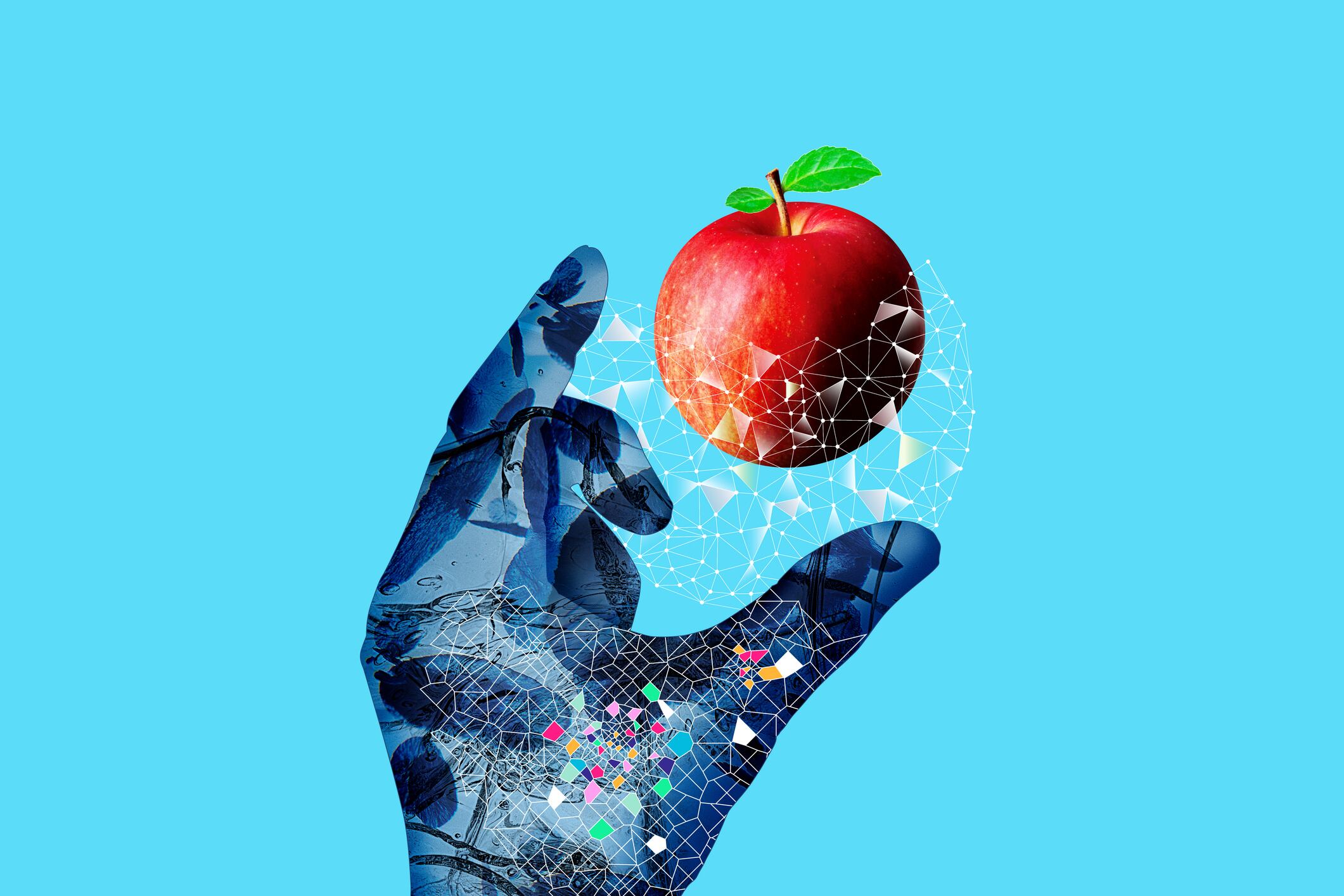What are the top food tech trends for 2026: summary
- Hybrid meat gains traction as plant-based alternatives lose investor interest
- GLP-1 drugs reshape food industry with appetite-suppressing implications
- Fermentation peaks in food but pivots toward pet and cosmetic sectors
- Water scarcity drives innovation in wastewater reuse and tech solutions
- B2B food tech rises as investors seek industry-aligned problem solvers
Food technology, like any other innovative area, is rapidly changing. Not everything that was popular with investors a year ago will remain so, while new and exciting tech comes to the fore.
The food tech landscape has indeed changed considerably over the past year, shaped by consumer preferences, the challenges that come with infrastructure and regulation, and the winds of the economy. This has meant investors have rethought their positions on many aspects of food tech investment.
The meat alternatives market is changing
The shift away from plant-based meat is real. There is a clear decline in interest in meat analogues in the food tech space.
Despite a decline in the popularity of plant-based meat and meat alternatives, hybrid meat has potential going forward, suggests Floor Buitelaar, co-founder and managing partner of strategy consultancy Bright Green Partners.
The sector is promising for meat producers, who can use it to “easily reduce their footprints across their meat products without having to sacrifice on sales,” she explains.

Hybrid meat will be better suited to a sustainability-sceptical consumer, she suggests, as the difference from traditional meat will be less noticeable.
Elsewhere, while “fermentation is still very hot”, including precision fermentation, 2026 could see a decline, suggests Buitelaar. She predicts we may have reached the peak of this particular trend.
The future for fermentation, especially precision fermentation, could be in pet food and even cosmetics.
Consumers are not as interested as they were in sustainability. Fermentation and hybrid meat can still be successful, suggests Buitelaar, “because they are not visible to consumers”.
GLP-1s are looming large
Accompaniments to GLP-1 weight loss drugs are a significant focus for industry, says Kim Anders Odhner, co-founder and managing partner at food-focused asset manager Unovis Asset Management.
Interest in GLP-1s has grown significantly since a year ago as industry has begun to see its significant potential.
The potential of GLP-1s themselves goes beyond obesity, he says, giving “permission” to consumers to take them who may otherwise have been socially pressured not to or embarrassed to admit.
GLP-1s are both an opportunity for industry, and makes producers “feel threatened”, explains Buitelaar. They’re a threat because they could take away from sales by inhibiting appetites; but they’re an opportunity because new products that appeal to GLP-1 users could be created.
“This is a very big topic, all across the value chain, from retailers to food ingredient providers to producers, of what they should basically do with this.”
Water is coming into focus
Food tech is beginning to focus more on water. While water is “not new,” stresses Bright Green Partners’ Buitelaar, there is now greater interest in it.
With water scarcity worsening in Europe, investors are looking at food tech solutions, such as utilising wastewater side streams, as well as exploring which technologies could be used to “enable a more water-scarce mindset”.
Even as sustainability declines in many areas, the focus on sustainability that does still exist is shifting towards focusing on mitigating water scarcity.
Water scarcity is a growing problem in the EU, largely due to climate change. According to the European Environment Agency, around 34% of EU territory was affected by water scarcity for at least one season in 2022.

A focus on B2B
Companies that will be seen as investable in the future are those that have “a tie to industry”, explains Unovis’s Odhner, rather than “where consumers’ heads are focused”.
Companies that are working collaboratively with industry to target key bottlenecks have the best chance of receiving investment. Specifically, investors are looking for products or ideas that can solve problems that industry itself has.
“Entrepreneurs … recognise that, without a tie into industry, they’re going to struggle.”
Industry needs that are gaining traction is on ways to the growing price of raw materials, such as cocoa. Food tech innovation, which is creating alternatives to these raw materials, shows real promise.
There is also a focus on sugar reduction, replacing the functionality of sugar as well as its sweetness.
The reason for this new focus is that the investment ecosystem has in many cases been deprioritised. Platforms like incubators and accelerators once existed more abundantly to boost innovation in food tech, explains Odhner.
Consumer scepticism around products developed by food tech has given rise to this shift, he suggests.
Overall caution from food tech investors
Food tech is not as well funded as it used to be. Many investors are more careful with what they do with their money, and are prioritising capital efficiency and unit economics over bold ideas.
The sustainability narrative, too, is declining. It is no longer enough to have a good sustainability story; you must also be profitable.
“Food tech is not well funded at the moment,” says Buitelaar, suggesting that investors’ money often goes instead to AI.
Those with a clear pathway to profitability are the ones that still have a solid chance of receiving funding. Without this clear pathway, it becomes more difficult; a long, complex path to market creates more uncertainty for investors.
For novel tech with a timeline to market of more than 10 years, funding will be highly difficult. “I don’t think next year will be the year of major breakthroughs”, says Buitelaar.
This means, for example the landscape for cultivated meat is looking bleak. The long timelines to market, as well as the innovative nature of the technology, makes it an unattractive choice for investors.
While Buitelaar remains positive on its potential, the current landscape is not looking good.
Overall, the landscape for investors is more cautious, more detail-oriented and more restrained than it once was. But this doesn’t mean there is no opportunities for food tech.





